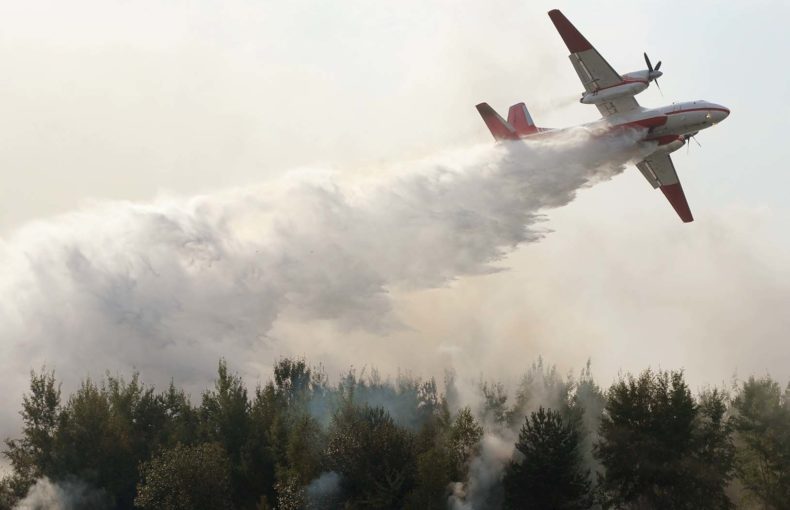The aviation industry capitalizes on data
How three innovative tech start-ups use global flight tracking data to navigate market uncertainties and enhance solution capabilities.
Under the pressures of uncertainty and budget constraints, businesses across the aviation sector can use data to make evidence-based decisions and optimize operations for cost savings. Three success stories demonstrate how data helped companies tackle complexities and come out on top.
When the only certainty is uncertainty, turn to data
Few understand how many uncertainties the aviation industry confronts while delivering reliable services. Oil price fluctuations, currency changes, geopolitical crises, economic turmoil, and regulation shifts were conditions airlines had come to expect. And then Covid-19 hit.
While no one knows what comes next, everyone is trying to plan for the future while grappling with budgets that are tighter than ever. Decision-makers have their work cut out for them. For support, aviation organizations can turn to data. It helps companies across the sector optimize operations and innovate with evidence-based decisions. And it helps amplify existing operations with new efficiencies.
“While traditional sources of competitive advantage for airlines such as cost base, scale, network, and product will continue to be important,” the Boston Consulting Group said in a report, “we believe that increased use of data science and advanced analytics will help airlines reinforce these sources of advantage to deliver substantial performance improvements.”
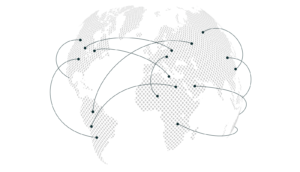
The opportunities for capitalizing on data are growing, especially within an industry that has traditionally been slower to embrace digital opportunities.
Modern airplanes collect as many as 400,000 data points per flight, monitoring everything from engine performance and aircraft systems to external factors like weather. And that’s just in the air. Carriers, immigration bureaus, manufacturers, and service providers all create troves of high-value data. Dubai International Airport, for example, captured 27 billion data points in just six months.
The applications of this data universe are as varied as its sources. Organizations use it for streamlining maintenance, tracking performance, boosting customer experience, and assessing risk—often reducing costs along the way.
For inspiration, here are three success stories that demonstrate how data can be used to tackle uncertainty and come out on top…
TTEK
Border and customs processes are multivariable, high-stakes, and constantly operating 24/7. The operation is critical to protecting a nation’s security, health, and trade. This is not a simple set of demands. That’s why TTEK provides governments with innovative solutions that collect and analyze a range of information to evaluate risks. The state-of-the-art software uses data to optimize border and customs processing.
Take its Passenger Targeting System (PTS) and Aircraft Targeting System (ATS). The systems integrate Spire Aviation’s global air traffic data into its predictive AI. The detailed and continuous information about flights helps generate real-time risk assessment, which governments can use to improve decision-making.
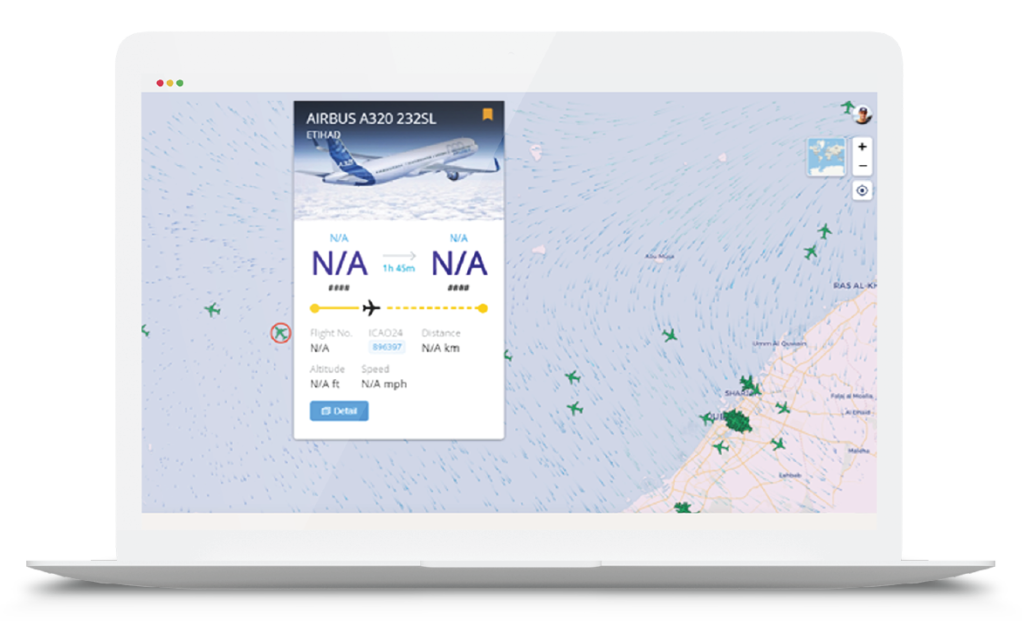
Area of Responsibility (AOR) view within the ATS.
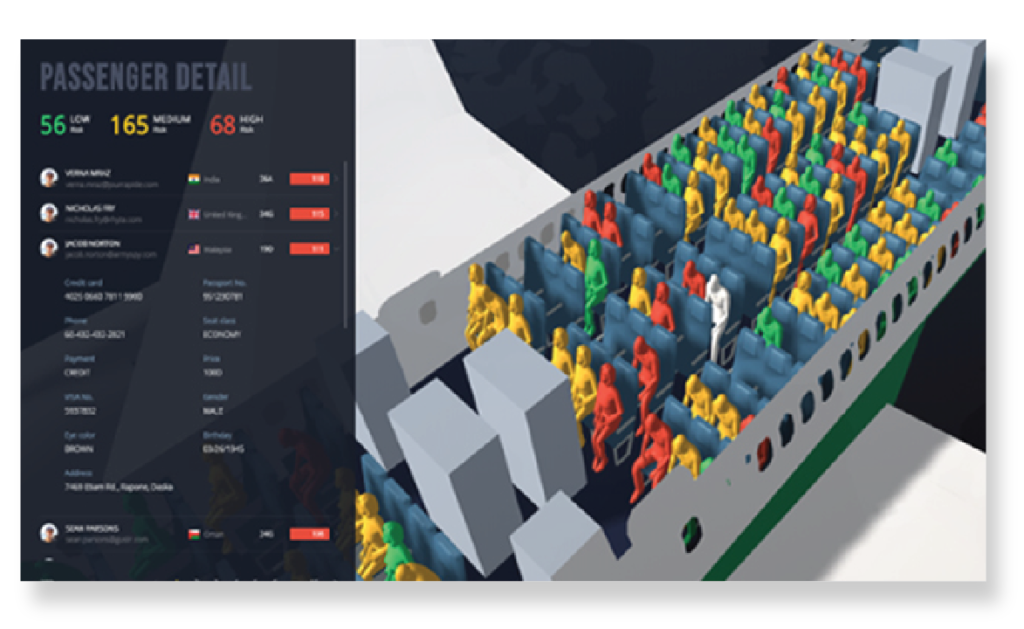
After the analyst selects a flight for review, the PTS will provide details associated with all passengers on that flight.
myairops
Each sector of the aviation industry, from crew management to part maintenance, comes with its own set of challenges and regulations. And they change constantly.
myairops helps organizations manage these complexities with efficiency-boosting, cloud-native solutions that run on real-time data. Its suite spans the breadth of the aviation industry’s needs. And it recently started integrating Spire Aviation’s aircraft positioning information into its platform, with weather data to follow in the future.
“Spire Aviation’s data enables us to automate time-consuming processes for flight operations staff and flight crews, whether that is flight following, risk assessments or flight feasibility analysis,”
Share on Facebook Share on Twitter Share on LinkedIn
The results have been promising for myairops’ clients, too. Spire’s data combined with myairops’ expertise offers customers capabilities for advanced decision-making not possible without real-time information.
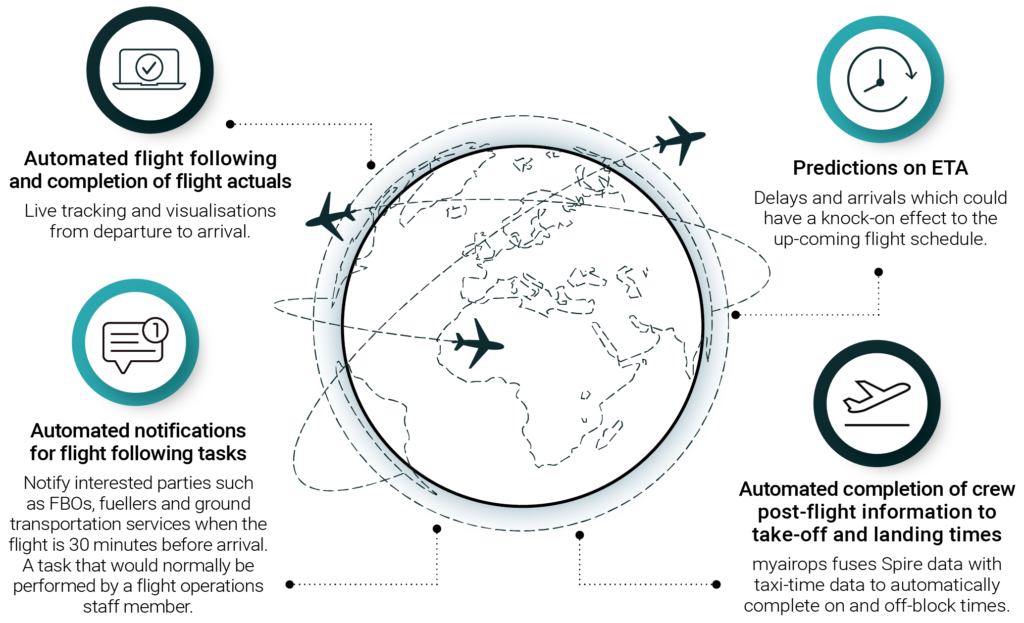

Solutions provided by myairops powered by the flight tracking data provided by Spire.
SATAVIA
SATAVIA is a data analytics and AI company based in Cambridge UK with a mission to make the aviation sector smarter and greener. SATAVIA’s exceptional team combines talent in artificial intelligence, data science, data and software engineering, aerospace engineering, and atmospheric and climate science to find solutions to reduce aviation’s impact on climate.
SATAVIA’s cloud-based decision-making platform, DECISIONX, ingests Spire’s comprehensive global aircraft movement data (ADS-B) feed which it combines with weather, climate and maintenance datasets. This is used to help airline companies, aircraft lessors, aerospace OEMs and MROs understand and manage assets.
SATAVIA’s DECISIONX processes more than 100,000 flights per day from all sectors of aviation to produce global flight trajectories and schedules. DECISIONX offers environmental data intelligence at over 4,500 airports using validated analysis from high resolution atmospheric models to quantify asset exposure to contaminants such as dust, air pollution, salt, soot and organic aerosols.
DECISIONX Case Study: Air Bridge
As the European Union navigates the coronavirus lockdown, it’s creating “air bridges” between select countries that allow unrestricted travel without quarantine.
When and where to open these corridors are incredibly complex decisions with public health and regional economies hanging in the balance. Daily changes in infection rates make matters even more complicated.
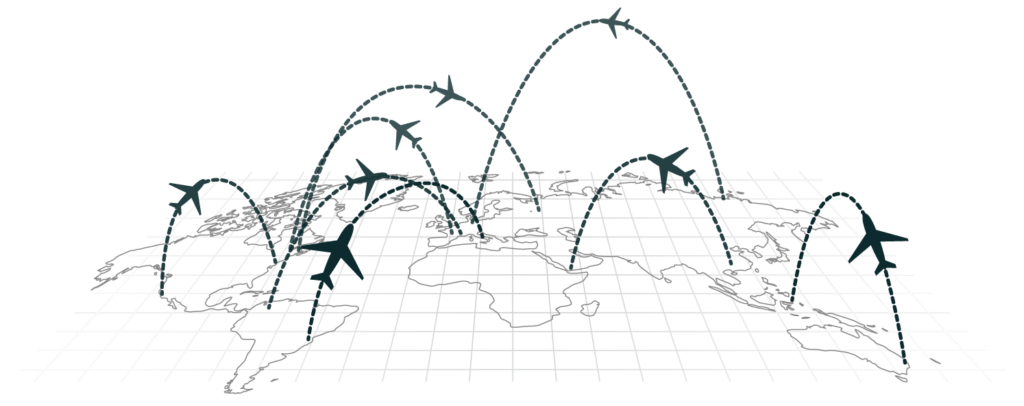
SATAVIA created a model for evaluating transmission risk along corridors to support policymakers. The DECISIONX model generates live updates about virus importation risks with the help of Spire Aviation’s aircraft monitoring data. It identifies routes that deserve extra monitoring. And it also creates airport- and airline-specific forecasts by analyzing historical data.
As the situation evolves, policymakers can use the model to continuously monitor risks and generate data-backed assessments for safer travel. That’s good news for everyone.

DecisionX product reveals the import risks broken down by airport.
A brighter future ahead
The next few months will be trying for everyone in the aviation industry, but according to a recent study, most professionals see data analytics and digitization as a route to recovery. Better yet, the data programs initiated today will yield new value and save costs well into the future. To take full advantage of this opportunity, the Boston Consulting Group states that “data and advanced-analytics capabilities are high on the agenda,” suggesting that the industry should “prioritize investments in this area.”
Spire Aviation can help you get started or amplify your existing solutions, just as we supported the three companies introduced above to reduce costs, while developing innovative solutions. Our global air traffic data is collected by an advanced nanosatellite constellation and other terrestrial receivers, and it can be customized to suit your unique needs.
How can we help?
Spire Aviation enables application service providers and data teams to develop innovative solutions and drive business improvements using global air traffic data powered by Spire’s satellite constellation.
Contact us for a free consultation to show you how our comprehensive data and easy-to-use APIs can be tailored to the unique needs of your business.
Want to see for yourself?
 Written by
Written by


